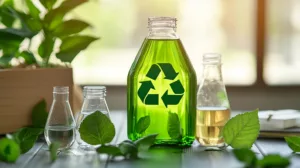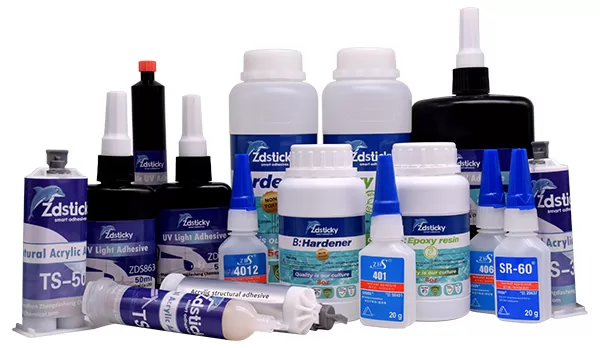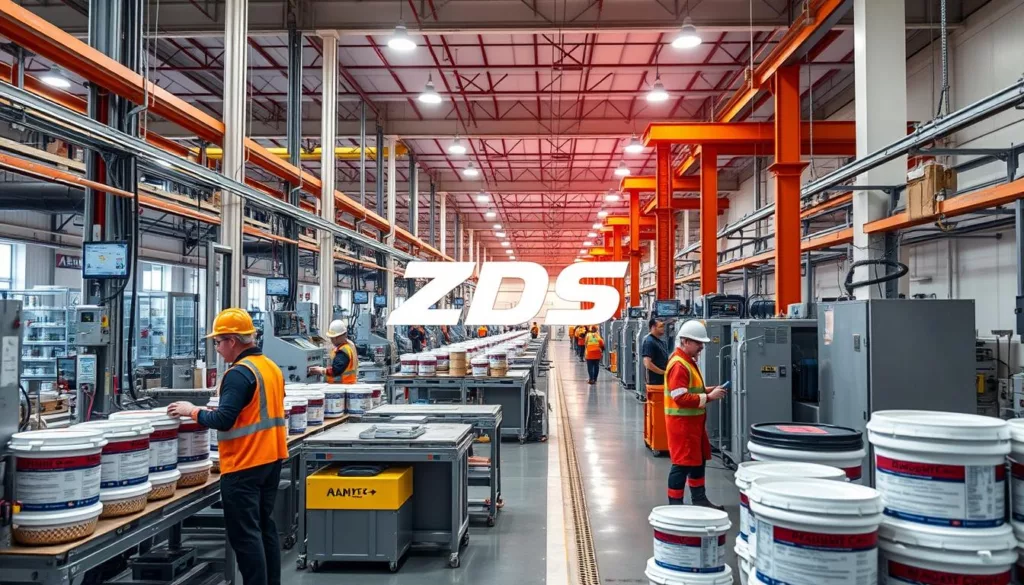Adhesives are the unsung heroes behind countless products, from smartphones to aircraft. But how do these critical materials go from a research idea to mass production? Understanding the adhesive manufacturing process is key to appreciating the innovation behind modern bonding solutions. ZDS™, a trusted adhesive manufacturer providing innovative bonding solutions, exemplifies excellence in every stage, from lab development to factory production.
The Foundation: Raw Materials and Chemical Building Blocks
Every adhesive starts with a precise combination of raw materials. These can include polymers, resins, curing agents, stabilizers, and various additives. Selecting high-quality inputs is vital for ensuring that the final product meets performance, durability, and safety standards.
Sourcing High-Performance Materials
- Polymers: Determine flexibility and strength
- Resins: Provide adhesion and tack
- Fillers and Additives: Enhance specific properties like heat resistance
Careful material selection sets the stage for a robust adhesive formulation process.
Innovating in the Lab: The Adhesive Formulation Process
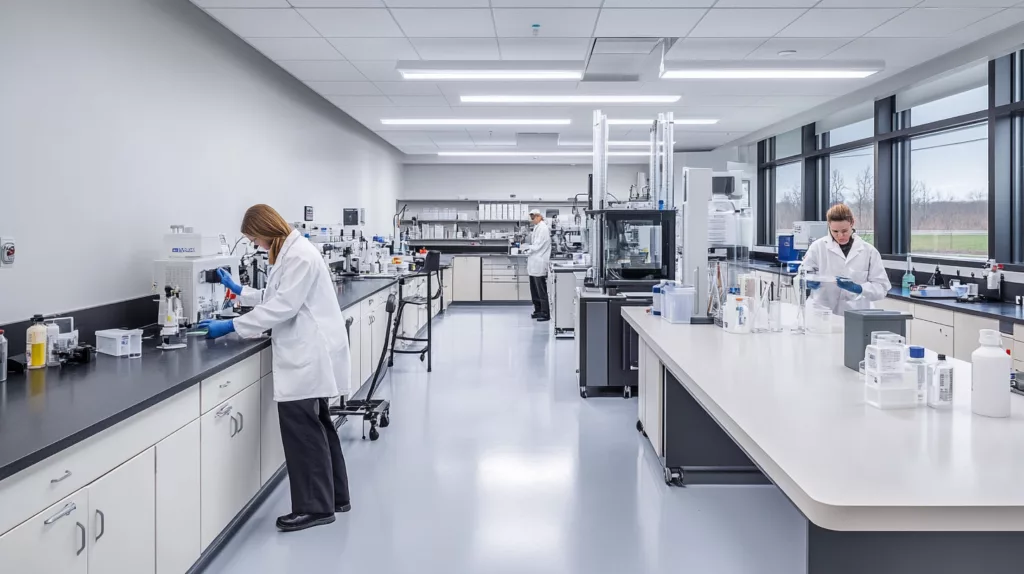
At the heart of any successful adhesive is its formulation. This phase involves extensive research and development (R&D) to fine-tune properties such as viscosity, curing time, shear strength, and temperature resistance.
Key Steps in Formulation
- Research & Development: Chemists experiment with different ingredient ratios.
- Prototyping: Small-batch adhesives are created for testing.
- Performance Testing: Adhesives are subjected to various stress tests (e.g., peel, shear, thermal cycling).
In industrial adhesive manufacturing, balancing performance demands with cost-efficiency is a continual challenge.
Ensuring Excellence: Adhesive Quality Control
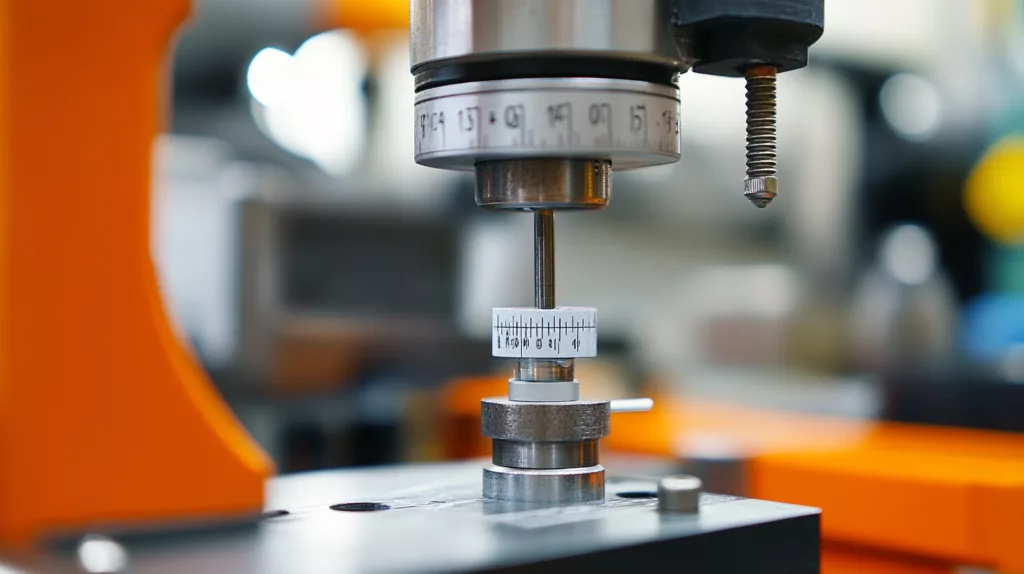
No adhesive can move from lab to factory without rigorous quality control. Consistency, safety, and compliance with industry standards (like ISO and ASTM) are non-negotiable.
Critical Quality Control Tests
- Viscosity measurements
- Bond strength evaluations
- Aging and environmental exposure simulations
- Chemical resistance tests
ZDS™ maintains an uncompromising quality assurance program, ensuring that each batch performs to expectations.
Scaling Up: From Lab Innovation to Factory Production
Scaling adhesive production is a complex endeavor. Lab techniques must be adapted for industrial-scale processes without compromising quality.
Challenges in Scaling Adhesive Production
- Equipment Adaptation: Moving from small mixers to large reactors.
- Process Control: Monitoring temperature, mixing speed, and curing precisely.
- Batch Consistency: Ensuring each industrial batch mirrors lab results.
At ZDS™, a seamless transition from lab-scale innovation to full-scale manufacturing highlights the company’s technical prowess and commitment to quality.
Inside the Factory: Industrial Adhesive Manufacturing Techniques
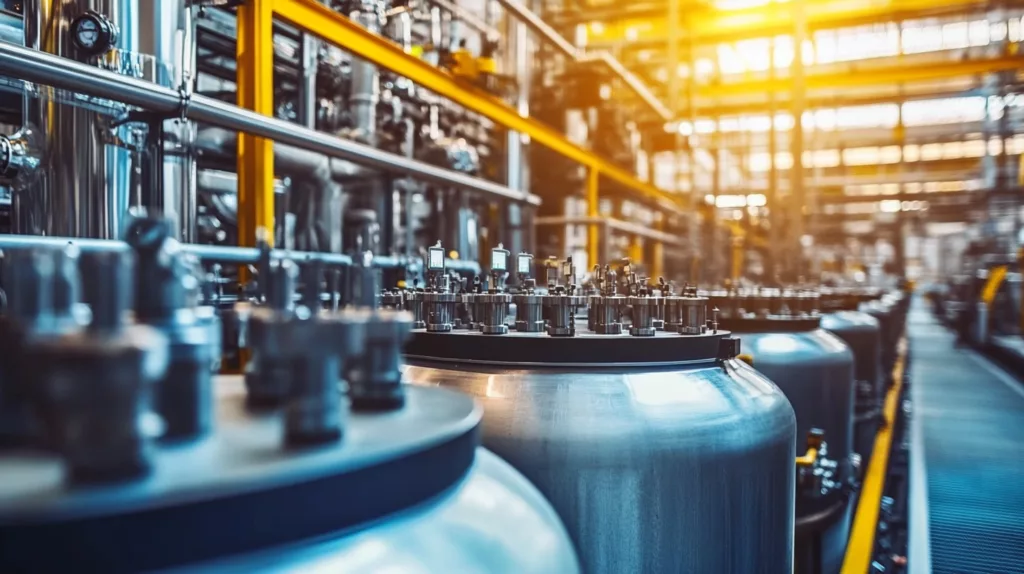
Adhesive manufacturing facilities are equipped with specialized machinery to manage bulk production.
Common Manufacturing Methods
- Batch Processing: Produces set quantities, ideal for specialized adhesives.
- Continuous Processing: Suits high-volume, consistent adhesive production.
Each technique requires precise monitoring to maintain the properties developed during the adhesive formulation process.
Packaging, Storage, and Distribution
Once produced, adhesives must be carefully packaged to protect them from environmental factors such as moisture and temperature changes.
Packaging Types
- Drums and pails for industrial use
- Syringes and cartridges for precision application
- Bulk tanks for large-scale operations
Correct packaging extends shelf life and maintains product integrity during distribution.
Trends and Innovations in Adhesive Manufacturing

The adhesive industry continually evolves to meet new technological and environmental demands.
Current Innovations
- Bio-Based Adhesives: Sustainable alternatives to petrochemical-based products.
- Smart Adhesives: Materials that respond to environmental triggers.
- Automation and AI: Streamlining manufacturing processes and predictive quality control.
ZDS™ remains at the forefront of these trends, continuously investing in sustainable and intelligent adhesive solutions.
Frequently Asked Questions
What is the most challenging part of scaling adhesive production?
The biggest challenge is maintaining the adhesive’s exact properties while moving from small-batch lab experiments to full-scale manufacturing.
How is adhesive quality controlled during manufacturing?
Quality control involves regular sampling and testing of viscosity, bond strength, environmental resistance, and compliance with industry standards.
What innovations are shaping the future of adhesive manufacturing?
Developments include bio-based adhesives, smart adhesives that adapt to their environment, and the use of AI for quality control and production efficiency.
Conclusion: Bridging Innovation and Industrial Excellence
The journey of an adhesive from the lab bench to industrial production is intricate, demanding both scientific ingenuity and manufacturing precision. Companies like ZDS™, with their unwavering commitment to innovation and quality, continue to set new benchmarks in the adhesive industry. Whether developing cutting-edge adhesives or scaling up production, ZDS™ ensures excellence at every stage.




